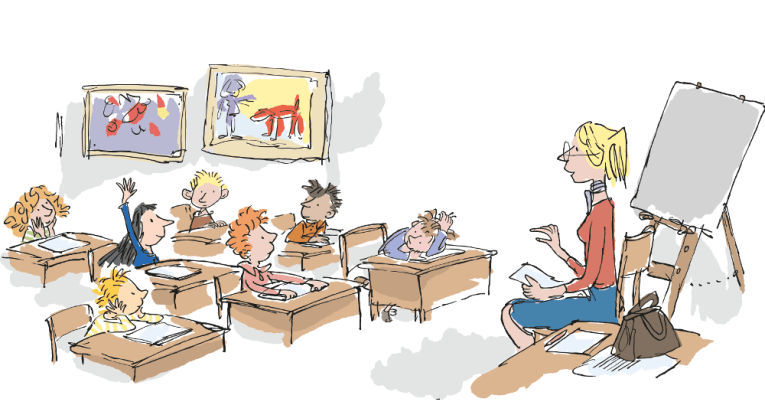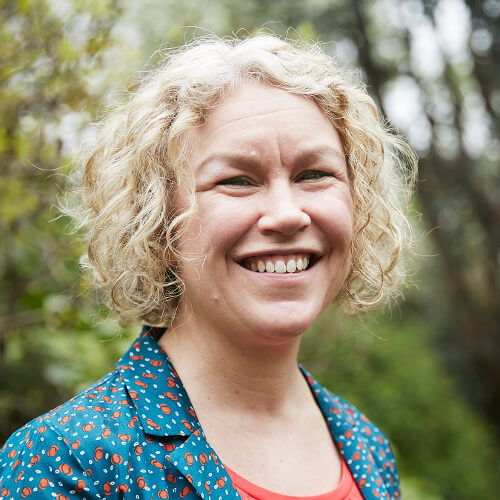Teach children to be brave like Matilda

Show students how to follow the titular hero of Roald Dahl’s well-loved book in daring to be different, living by their values and knowing their strengths, says Jo Castro…

- by Jo Castro

Matilda is one of Roald Dahl’s most revered heroes.
Like many of Dahl’s protagonists she is a small child surrounded by vile, abusive adults. In order to survive such abuse, Matilda demonstrates tremendous bravery and draws upon superhuman powers to survive and then flourish.
Thankfully, most of the children we teach will never experience such horrors and will not be forced to dig so deep to perform such huge public acts of bravery. But that doesn’t mean the children in our schools aren’t called upon to enact quiet, private acts of bravery every day.
For some, just coming to school will have required huge courage and being present might be all that they can summon.
For others the seemingly simple act of answering a question in front of a class of their peers will fill them with fear and dread.
As educators, we should recognise these seemingly small, silent acts of bravery and support those children to summon their own courage, in the spirit of Matilda, and build upon it.
Dare to be different
Matilda is different from her dishonest, TV-loving family. She discovers books and through reading, explores new worlds from her tiny bedroom. This interest in books alienates her family even more but Matilda, our hero, dares to be different.
Being proudly different can take huge bravery and many of us opt to follow the crowd despite how unhappy that can make us feel.
Here are some ways to help your children dare to be different:
l | Begin really simply by playing the game ‘stop go’
In the PE hall or out on the playground, ask the children to follow your instructions. If you say go, they walk; if you say stop, they stop; if you say jump, they jump; if you say touch the ground, they touch the ground.
After several rounds, tell them they have to do the opposite. If you say go, they stop; if you say stop, they go; if you say jump, they touch the ground, and so on. They are out if they make the wrong move.
When the game is over, discuss why it’s difficult. Doing something different from what others are telling you is hard.
2 | Ask the children to do things differently for fun
Can you leave the room via a different route? Who can solve this problem in a way nobody else would? Who can do the most unusual walk? Who can think of the most unusual answer to this question?
3 | Ask a question with four possible correct answers
Then either, using an anonymous interactive voting system or the old-fashioned method of shut your eyes and vote, ask the children to give their answers.
Once you have collected them, look at how many votes each got and ask the children to discuss.
Make it clear that every answer is valued, and then show interest and excitement about the answers that stand out as different from the crowd.
4 | Which do you agree with?
Once the children begin to see the pleasure in being different, ask questions where four answers are posted on the wall and ask the children to move to the answer they agree with.
Physically standing apart from your peers takes more courage. You can then applaud those who think differently and ask them to justify their reasoning behind their decision.
Then give everyone the opportunity to change their answers, which demonstrates to the children that being different can influence others to change and therefore creates leaders.
Live by your values
Matilda’s determination to stand up for herself and others is due to her strongly held principles.
She values honesty, education, justice and humour. When we are aware of our own values, we are able to make choices that reflect our values and stand up to others who don’t respect them.
Establishing a classroom with a clear set of principles to live by helps children to feel secure in challenging behaviour or attitudes that contravene the agreed values.
You can do so in the following ways:
- Display a list of about 20 values. Most schools have a set of values, so these can be included in your list. As a class, go through the list and check everyone understands each of the values. If the children have another one that doesn’t appear on the list, then you can add it. As a class, discuss the values and how you feel about them.
Know your strengths
Matilda has a superpower that enables her to move things with her mind. Although in the real world we don’t possess superpowers, we all have strengths.
If we enable our pupils to discover their strengths, recognise when they have used them and celebrate them, we can empower children to draw upon them in situations that they might fear or find challenging.
Invest in or create your own pack of strength cards. They are a great tool that can be used in a variety of ways. If you do create your own, make them inviting to look at by using an image to describe the strength.
Some children who lack confidence or who have low self-esteem might struggle to see their own strengths so always begin by talking about the strengths of others first.
- Explore the cards and get the children familiarised with them.
Matilda never thought she couldn’t; she planned for how she could, despite the obstacles in her way. Our role is to help our pupils discover for themselves how to get over the obstacles.
This year’s Roald Dahl Day celebrations on 13 September are focused on bravery, inspired by Matilda. For more information and to download the Roald Dahl Party Pack and further lesson plans, visit roalddahl.com.
Jo Castro is a Y6 teacher and freelancer delivering coaching, peer mediation and teacher training. Follow her on Twitter at @jocastro_coach.










